S-49
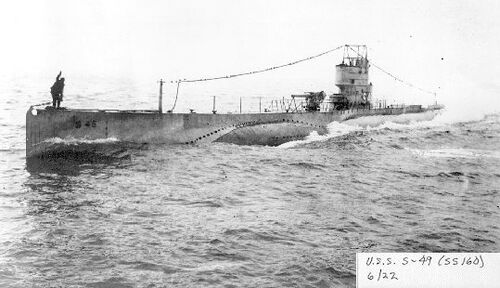
USN Photo in the private collection of Ric Hedman.
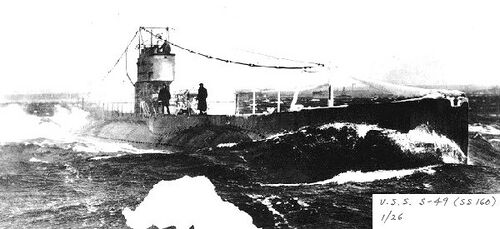
On April 20, 1926 the USS S-49, while moored at Sub Base New London, suffered a battery gas explosion in the after battery compartment, while putting in a battery charge, injuring 12 men. The base fire department was called and the rescuers donned gas masks and got the injured men out of the boat. Though there was some inhalation of battery gases most of the injuries were concussions and bone fractures from the force of the explosion.
The injured:
Mathew Timothy Greenville, quarter first class, 15 Middle St., Saco, Maine.
Theodore Holet, Jr., chief boatswain's mate, Groton, Conn.*
Frederick France Horn, boatswain's mate, second class, 947 Walnut Street, Freeland, Penn.
Daniel Ford, seaman first class, 180 Bennington street, East Boston, Mass
Sylvester Erie Mattlock, fireman first Class, 203 State Street, Charleston, Ills.
Ollie J. Cooke, seaman first class, Danville, Virginia*
Claire Daniel Fellds, electricians mate, first class, 18 Pine St., Reno, Nev.*
Francis Leo Conway, torpedoman second class, 20 Dinley Street, Dracut, Mass.
Ralph Edward McCormack, gunner's mate, 51 Prospect Street, West Lynn, Mass.*
Gustave Vernon Johnson, chief electrician's mate, Groton, Conn.
Bernard Leslie Sloggett, torpedoman, first class, New London.
Bssil 8. Morris, fireman, third class, 36 Oak Street, Asheville, N. C.
Johnson, Sloggett and Morris are suffering from minor injuries and gas while the others are all in serious condition. Greenville, with a probably fractured skull and other injuries is expected to die and the condition of several of the others is extremely critical.
Greenfield Daily Recorder, April 20, 1926
- Actually died from injuries from the explosion.
USN Photo in the private collection of Ric Hedman.
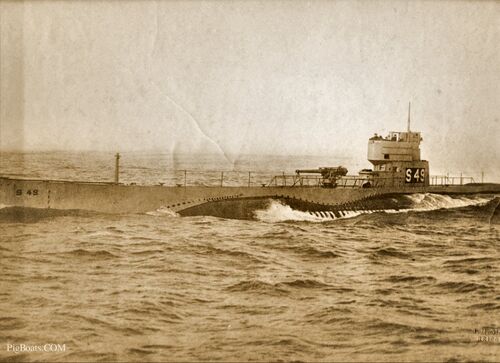
Photo in the private collection of Ric Hedman.
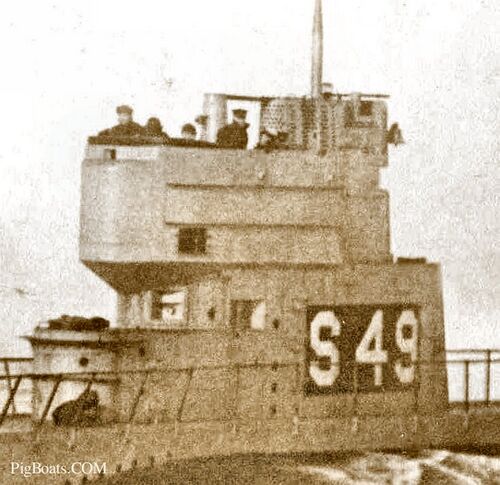
At the top of the photo, just behind the standing men, is a section of the periscope shears that had numerous holes drilled in it. This contained the main air induction valve and piping, which was used to draw in the vast quantities of air needed for running the diesel engines. Locating it as high as possible kept it dry while running on the surface in heavy weather. Aft of this, on the very aft edge of the shears is the ship's bell.
Photo in the private collection of Ric Hedman.
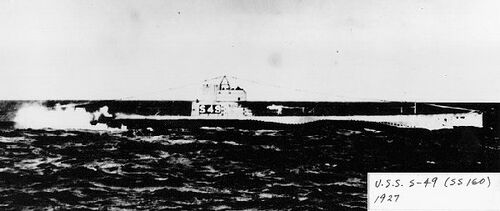
USN Photo in the private collection of Ric Hedman.
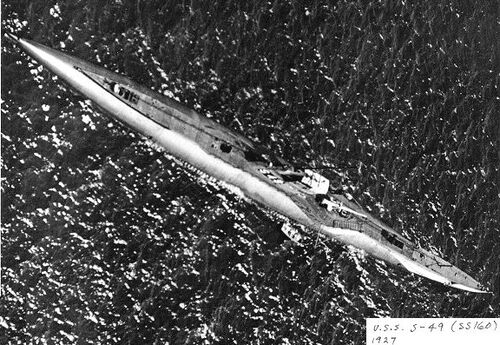
USN Photo in the private collection of Ric Hedman.
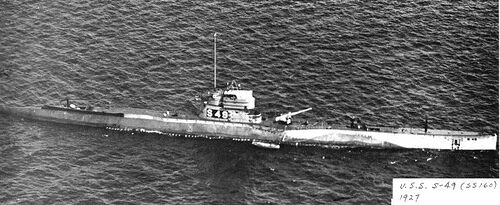
USN Photo in the private collection of Ric Hedman.
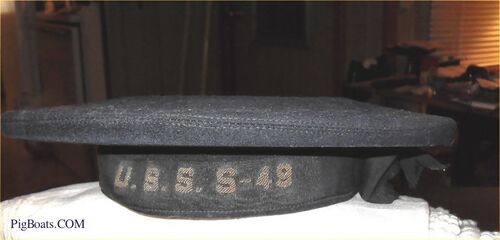
Photo in the private collection of Ric Hedman.
S-49 as a civilian exhibit
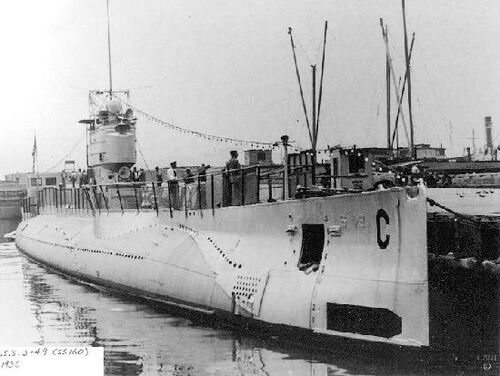
Photo in the private collection of Ric Hedman.
Page created by:
Ric Hedman & David Johnston
1999 - 2023 - PigBoats.COM©
Mountlake Terrace, WA, Norfolk, VA
webmaster at pigboats dot com
